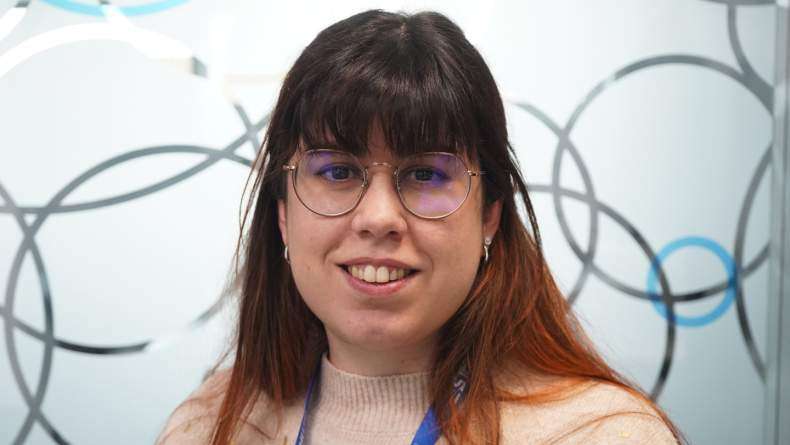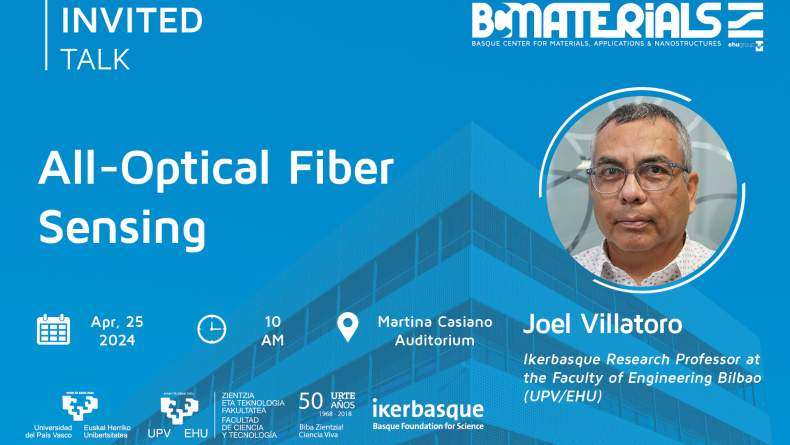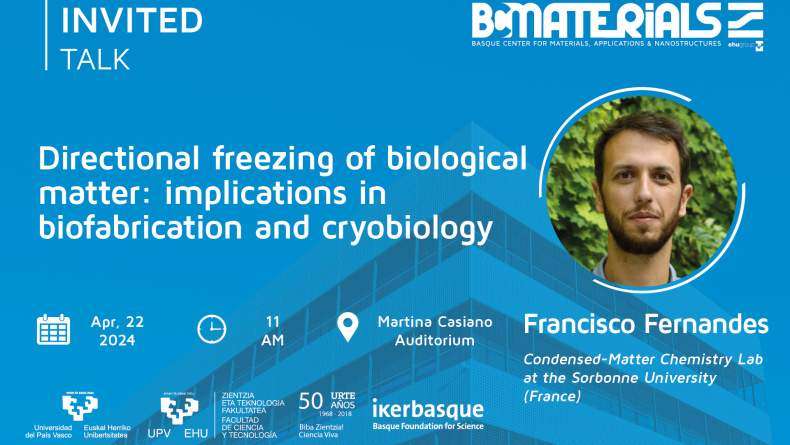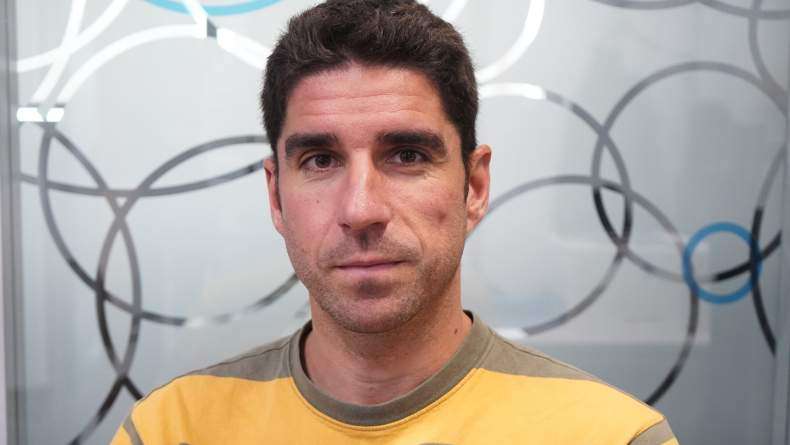Fortnightly seminars online: Hierarchical Framework Materials for CO2 capture by Nagore Barroso & Hybrid nanoparticles for the removal of pollutants through plasmonic photocatalysis by Fang Zheng

Hierarchical Framework Materials for CO2 capture. Nagore Barroso
Hierarchical organization is a basic principle found in many systems. The human body, in fact, is a classic example of hierarchical organization. At the lowest level, simple molecular building blocks, such as amino acids or lipids, create 3D biomolecular machines able to perform complex tasks. These molecular components are then organized into subcellular and cellular compartments or domains. These subcellular and cellular compartments are then structured into different organs and organ systems, which ultimately, at the highest level, constitute the entire organism. This structural hierarchy can strongly influence bulk material properties.
However, the variety of materials we can create is still limited in their structural complexity as strategies for gaining hierarchical control of matter across all size regimes from molecules to macroscopic systems, have not yet been developed. The aim of this work is to overcome this barrier by synthesizing porous hierarchical framework materials (HFMs) and apply those materials for selective CO2 capture.
Hybrid nanoparticles for the removal of pollutants through plasmonic photocatalysis: Fang Zheng.
Photocatalysis is an attractive process to remove organic pollutants from aquatic environments, especially because it is inexpensive, presents low toxicity and can be carried out under ambient conditions. Among several catalysts, titanium dioxide (TiO2) is one of the most used photocatalysts due to its remarkable properties. However, it is limited by its large bandgap (≈ 3 eV), which results in poor efficiency upon visible light irradiation. To overcome this limitation, Au can be employed because its characteristic localised surface plasmon resonance band takes place in the visible region. Nevertheless, many works use spherical gold nanoparticles: limiting the spectral irradiation region in the 500-550 nm, and wasting a large part of visible radiation.
In this work, I present the new methods developed to obtain hybrid AuTiO2 nanoparticles that can expand the plasmonic absorption covering both visible and near IR regions.
The seminar will be held on Martina Casiano auditorium until complete de permitted capacity (6 people). It is important to follow the COVID rules (wear a mask, clean hands with sanitizer, keep distances between attendants) You can also follow it in streaming using TEAMS with the next link:
https://teams.microsoft.com/l/meetup-join/19%3ameeting_MTEzOTNmOTAtMmM5ZS00NGZlLWJiOGQtMTRhOWNjZDdlNzE1%40thread.v2/0?context=%7b%22Tid%22%3a%222f54ab68-83af-4d70-8895-a0d1e95ec899%22%2c%22Oid%22%3a%227778b4e1-e06d-485b-b530-cf013d4e9498%22%2c%22IsBroadcastMeeting%22%3atrue%7d
Related news
Eloie Gallego, New Research Technician Assistant
BCMaterials welcomes Eloie Gallego, who joins our center as new Research Technician Assistant. She will work giving service to a growing laboratory activity in our facilities. Eloie’s academical and…Invited Talk with Joel Villatoro on April 25
On April 25, BCMaterials will receive Dr. Joel Villatoro as a new invited speaker with the talk entitled “"All-Optical Fiber Sensing". The talk will start at 10:00 at the Martina Casiano auditorium (…Invited Talk with Francisco Fernandes on April 22
BCMaterials will offer a new invited talk on April 22 with Francisco Fernandes, Associate Professor of the Condensed-Matter Chemistry Lab at the Sorbonne University (France) The talk will begin at…Jorge Saiz, New Ramón y Cajal Researcher at BCMaterials
We are happy to receive Jorge Saiz Galindo as new Ramón y Cajal Fellow, post-doctoral researcher in BCMaterials. Dr. Saiz obtained his degree in Biology and his PhD at the University of Alcalá, in…



